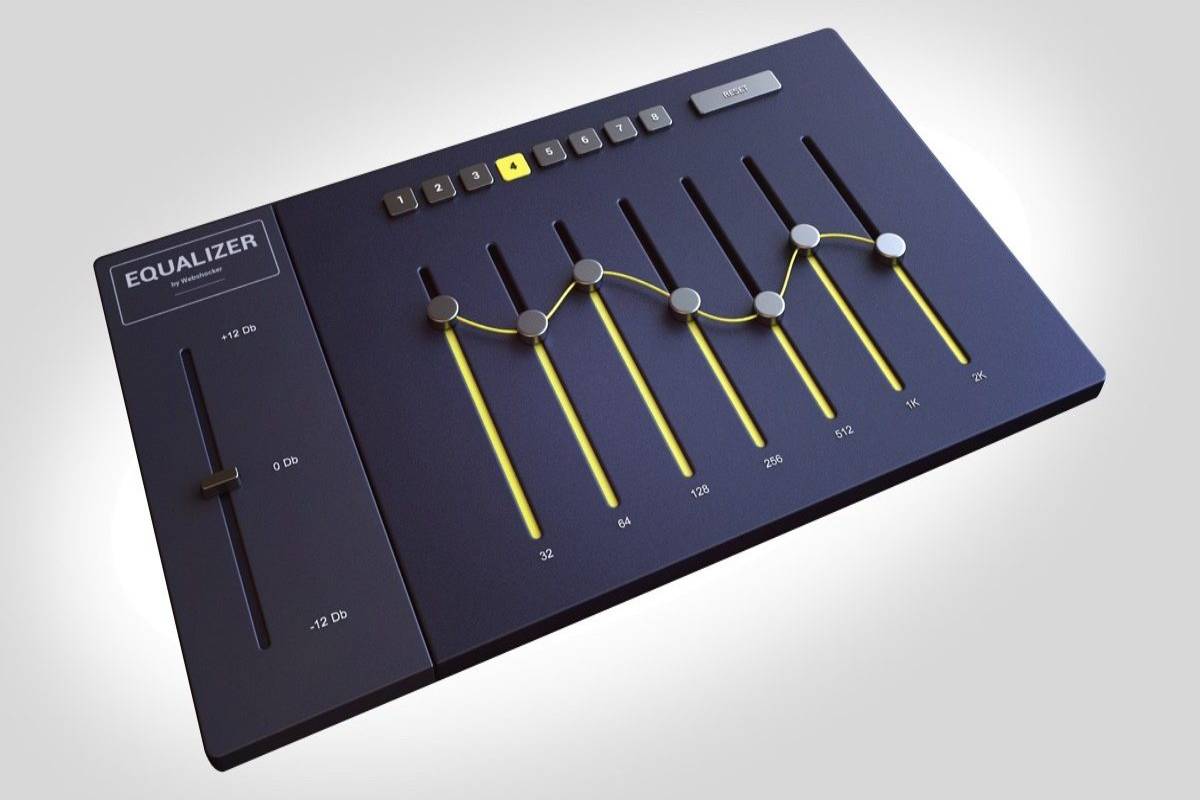Sound signatures we take looked at the designs, features, and the various other aspects of buying a pair of headphones.
And taking navigated through most, we took the final step in choosing our favorite pair – the headphone’s sound signature.
Like a person’s signature, every headphone takes its unique sound – the sound signature, if we will.
Now, some headphones tend to amplify and focus on specific frequencies for a unique listening experience.
When choosing the headphone, this feature is essential because the sound signature needs to match the kind of music we listen to.
And make sure that we experience enjoyable listening experiences. And mess that match up, and it’s something similar to using chopsticks to eat the sandwich! They just don’t fit.
Table of Contents
What are the Types of Sound Signature?
- Headphones’ sound signature is broadly categorized into four basic types -Flat, Balanced, Bright, V-Shaped.
1. Flat
- Sound signatures the word ‘flat’ might sound boring, but it’s anything but. The signature takes many takers in the audiophile community. With all its frequencies kept equal, the audio sounds as natural as much possible.
- It’s the unique reason why professionals who create and produce music prefer to hear all the elements that go into fusion as they recorded.
- Later, these headphones are also known as reference and monitors. It’s popular with professionals and folks that prefer its signature. Genres like jazz, blues, classical, folk, and even rock rule the roost.
2. Balanced
- It essentially is the flat signature with minor tweaks to make it sound more fun. And most headphone manufacturers try to achieve this by balancing all the frequencies, from lows to highs.
- Nothing is left out and stands out prominently. One gets to hear the entire range of elements in the song – from vocals, guitars to bass drums. The output thus sounds balanced and lively.
3. Bright
- Its sound signature is the tricky one. It takes the boosted treble and midrange. Interestingly, it’s popular among some audiophiles as it exposes imperfections in a sound recording.
- However, if we listen to poorly recorded audio, we are definitely in for the jarring, unpleasant session.
- Also, even in the well-tuned pair of headphones, extended listening sessions tend to lead to listener fatigue.
- And the reason – humans are naturally tolerant of lower frequencies and sensitive to higher ones. Also, the headphone that’s too bright can end up seeming harsh.
4. V-Shaped
- With the output that takes emphasized bass and treble frequencies, rock songs get that life, ‘in-our-face feel with screeching guitar solos, soaring vocals, and grooving drums.
- The V curve denotes enhanced bass and treble frequencies with the reduced mid-range.
- Its sound signature takes the universal appeal. And makes the audio sound crisp and loud and is quite popular with most listeners.

